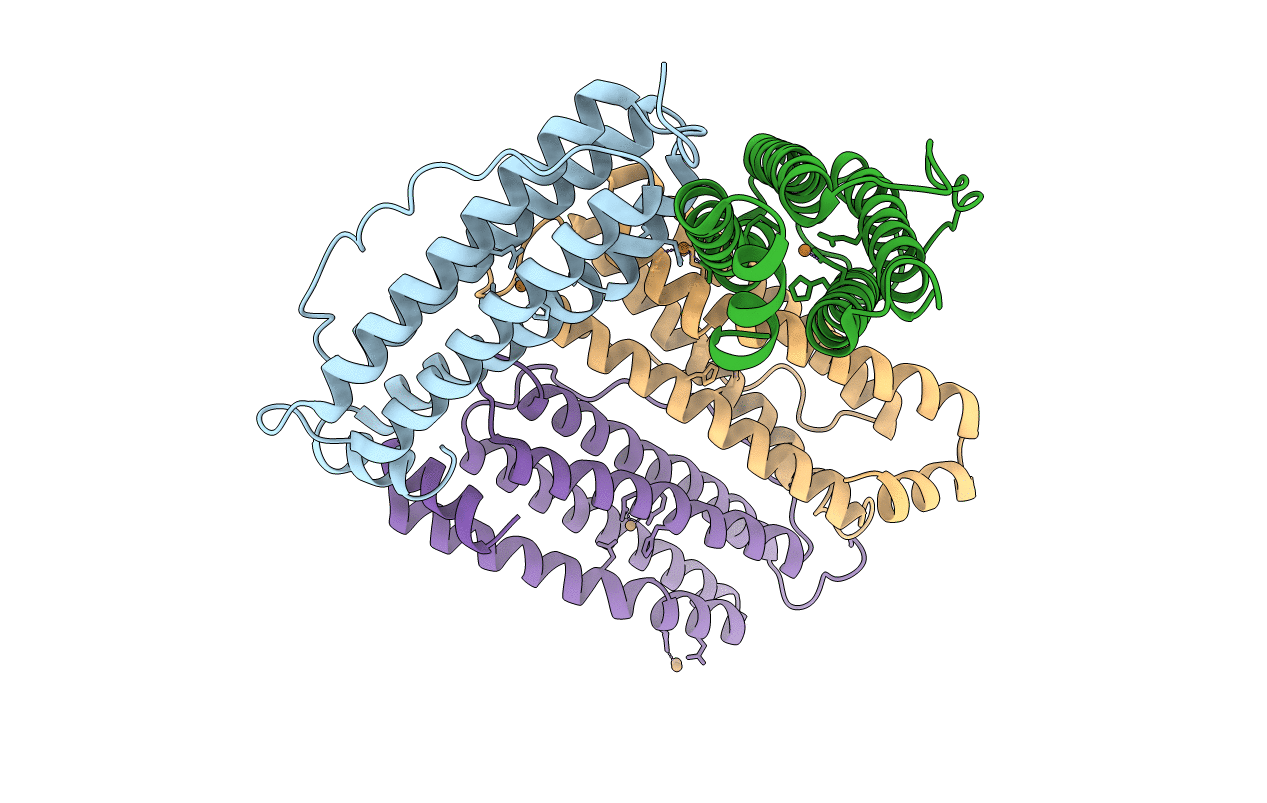
Deposition Date
2019-10-22
Release Date
2019-11-06
Last Version Date
2023-11-22
Entry Detail
PDB ID:
6L58
Keywords:
Title:
Cu(II) loaded Tegillarca granosa M-ferritin soaked with Fe(II)
Biological Source:
Source Organism:
Tegillarca granosa (Taxon ID: 220873)
Host Organism:
Method Details:
Experimental Method:
Resolution:
3.90 Å
R-Value Free:
0.26
R-Value Work:
0.18
R-Value Observed:
0.19
Space Group:
H 3 2


